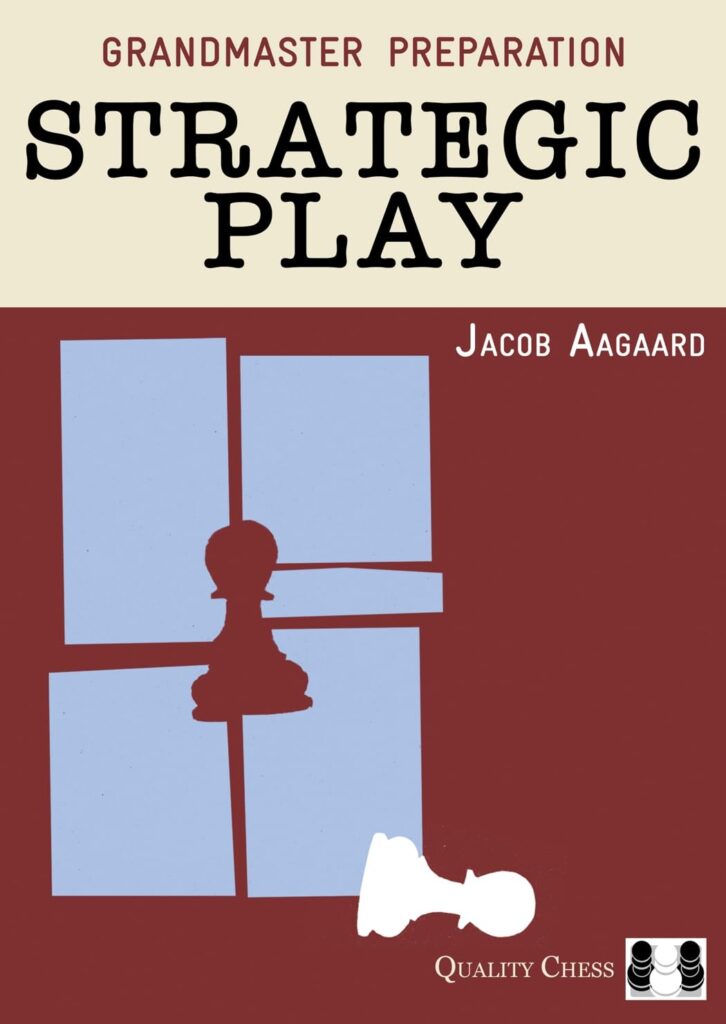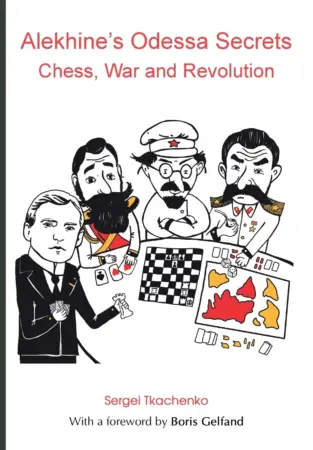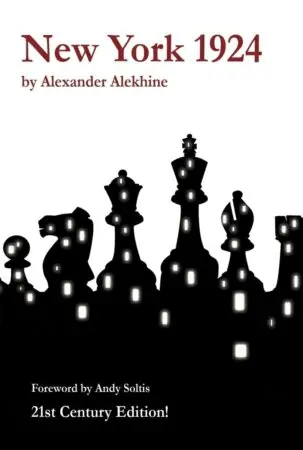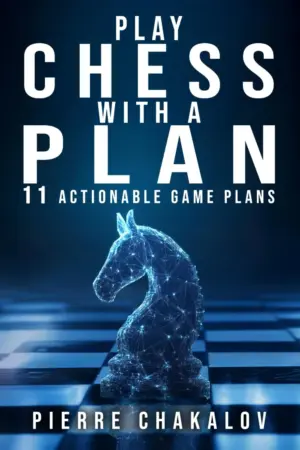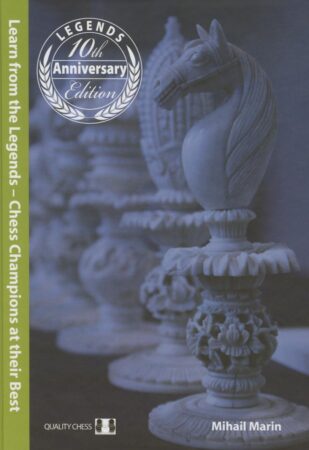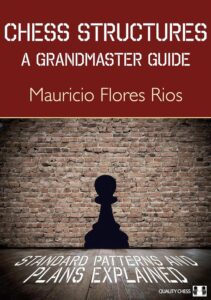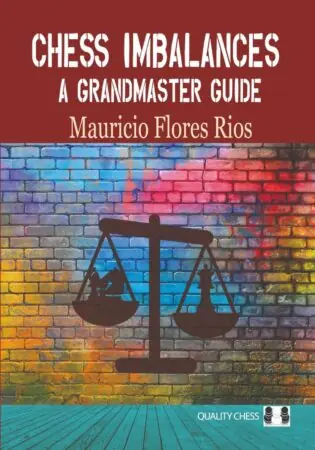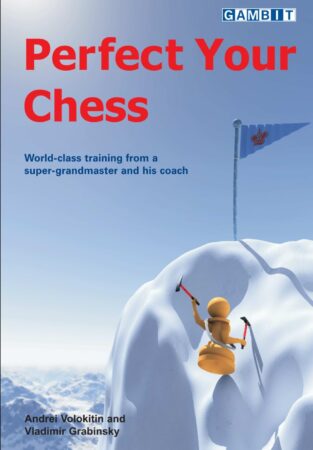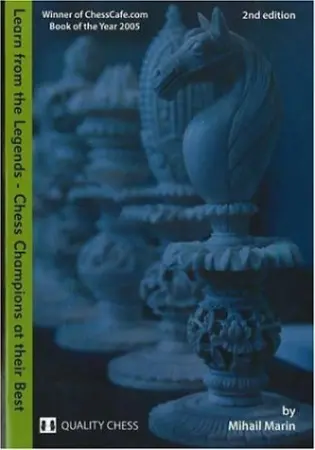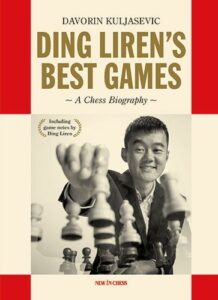GM Preparation: Strategic Play is the third book in Jacob Aagaard’s GM Preparation series. It is, in many ways, a continuation of Positional Play, the second book in the series, because it covers similar types of positions which require positional and strategic understanding backed up by calculation. The positions in Strategic Play are more difficult though.
Strategic Play is Jacob Aagaard’s manual of how to solve complex positions. In the introduction, Jacob introduces us to four types of decisions; automatic decisions – those where there is only one good move or only one reasonable idea, simple decisions – positions that don’t require calculation, ones in which you’re required to improve your position, and the difference between the best and second best move is slight, critical moments – positions that rely on calculation, where the difference between the best move and the rest is game changing, those don’t rely on intuition and have to be approached with care and absolute concentration, and finally, complex decisions – the hardest positions of all four types. They require intuition, calculation, planning, and an understanding of general strategic and positional concepts.
GM Preparation: Strategic Play focuses on the complex decisions. The book is basically a guide on how to navigate complex positions.
It is divided into five chapters; Squares, Pieces, Prophylaxis, Dynamics and Fighting the tide. Each chapter is accompanied by very difficult problems. They are the core of the book, as is the case with all five workbooks in the GM Preparation series. The solutions to the problems are well written and they explain the ideas well, which is the most important part of a puzzle book, and they do that without going over a million lines you will have a hard time following.
In a way, Strategic play combines Calculation and Positional play into one book. Most of the problems in the book require a good understanding of the position and precise calculation. I solved them by applying the three questions from Positional play; Where are the weaknesses? What’s the worst placed piece? What does my opponent want to do? After answering the questions, I would try to back up my answers by planning and calculation.
GM Preparation: Strategic Play is not a book on simple chess strategy. You will not find basic concepts such as outposts explained in it. It’s perhaps not a book on strategy at all. It’s a workbook that teaches you how to navigate positions that are neither obvious nor so sharp that it’s obvious that you have to calculate your way out of them. I think it’s the most advanced book in the series.
If you are an advanced and ambitious player, GM Preparation: Strategic Play is probably a resource that will help you make a giant leap in your chess understanding. It took me 6 months to finish the book. I think the benefits were huge.

